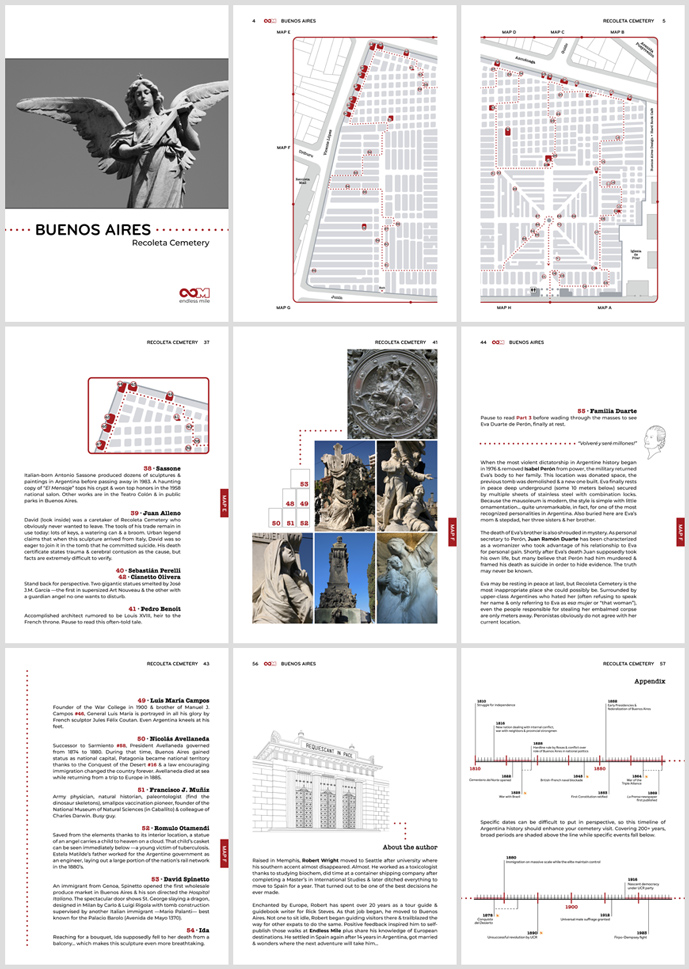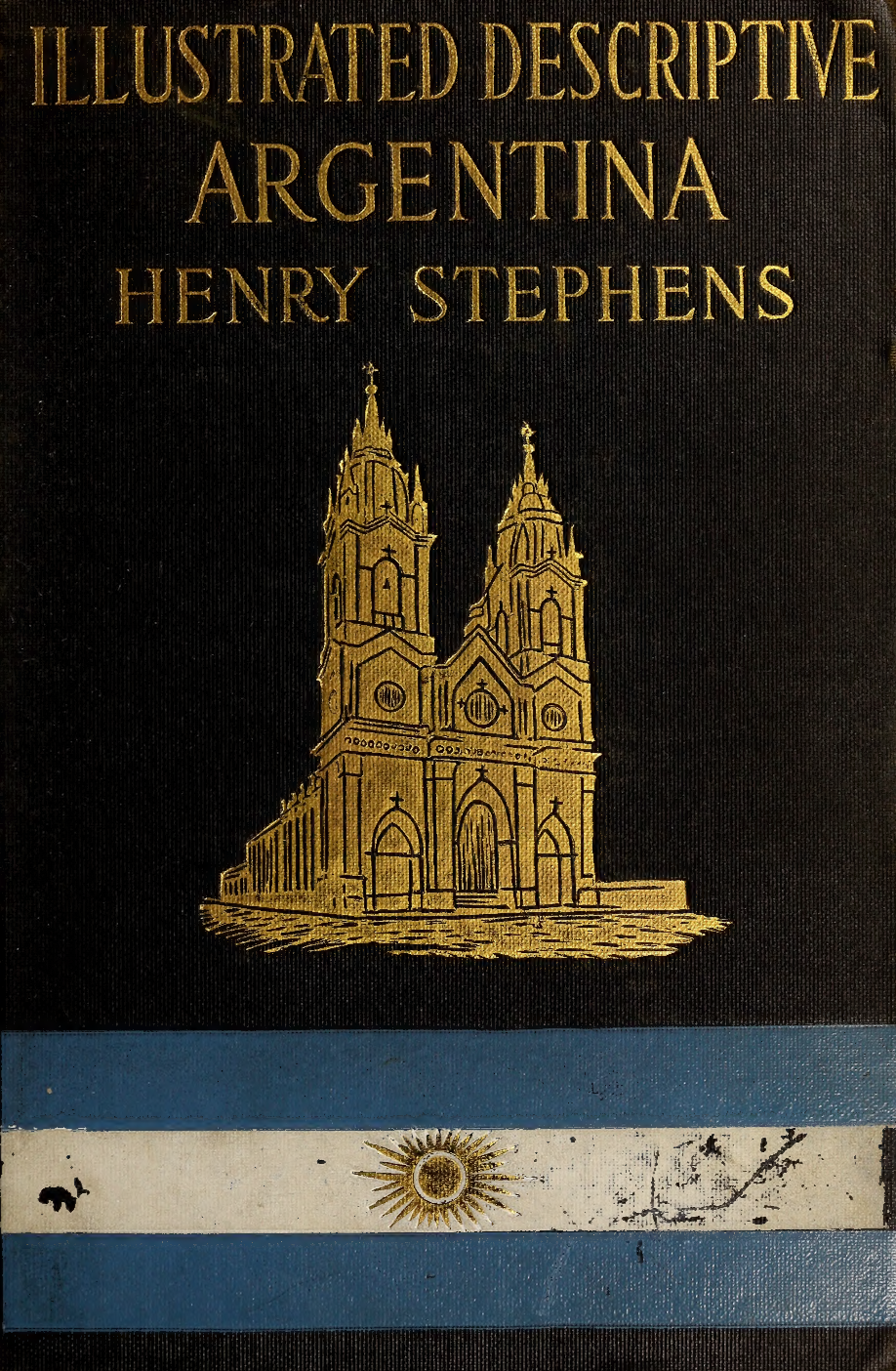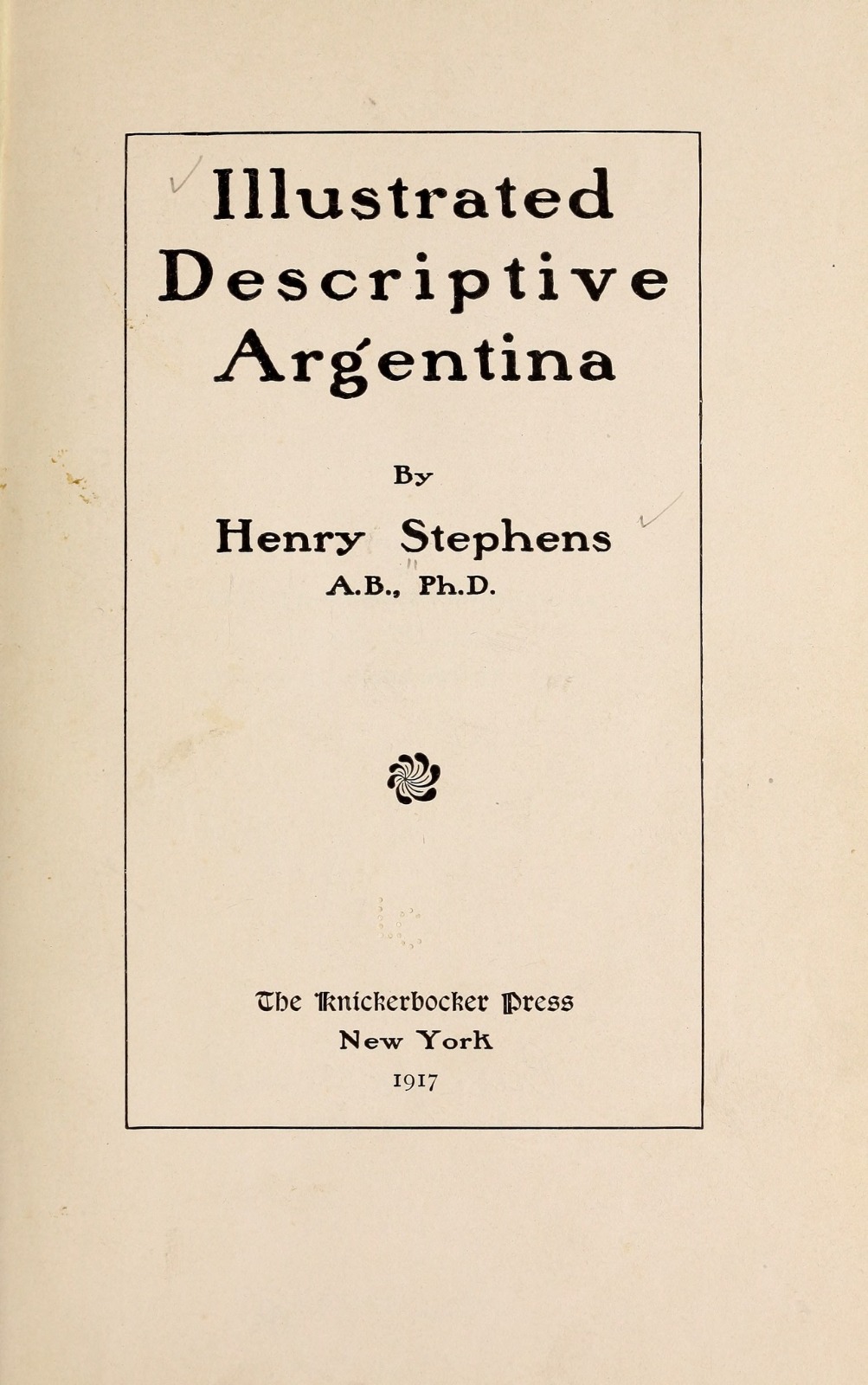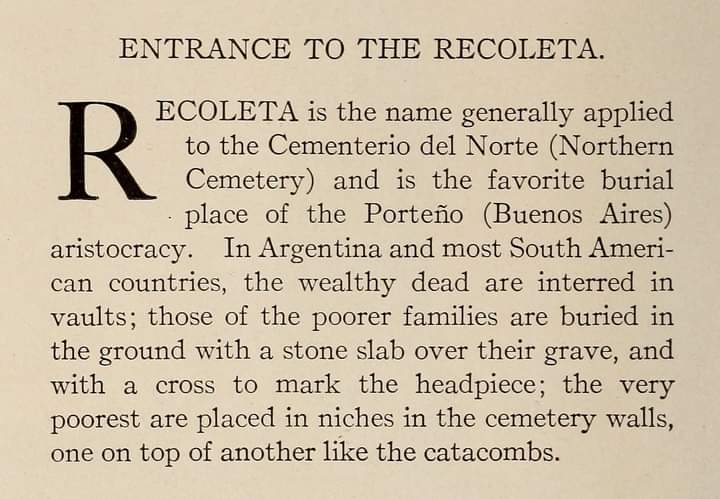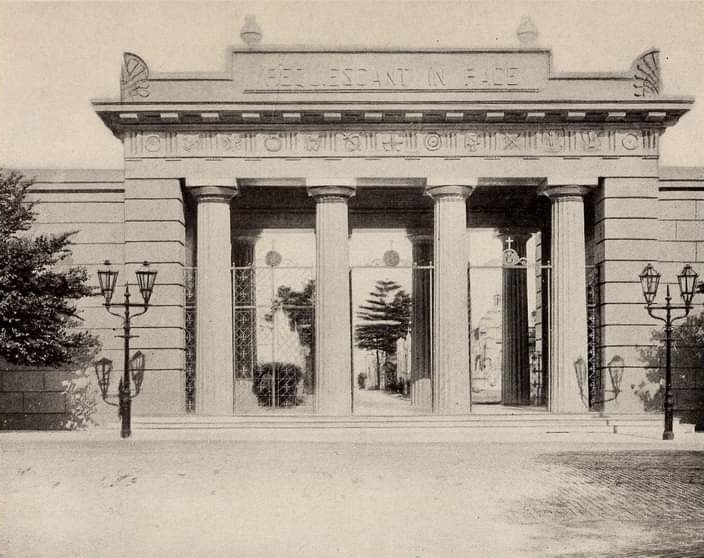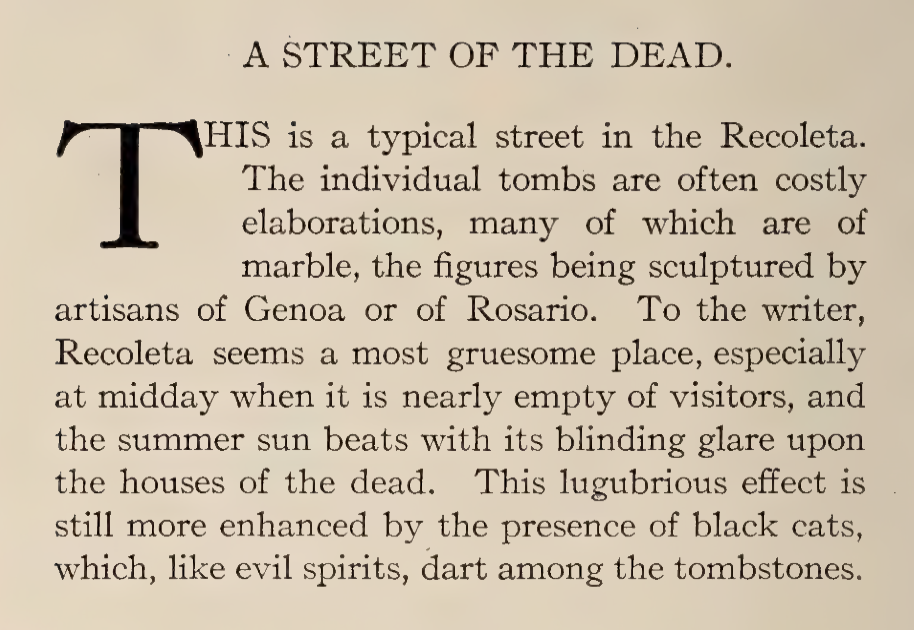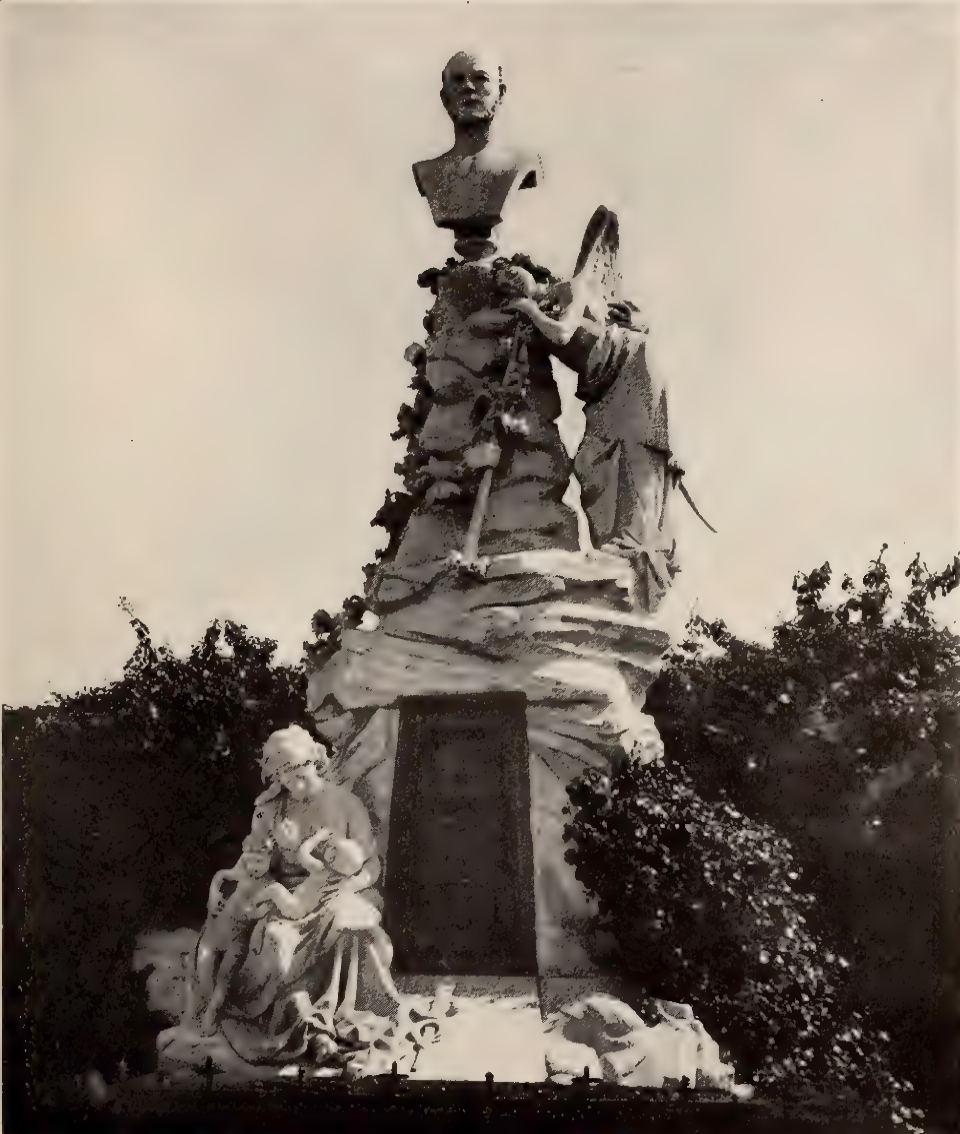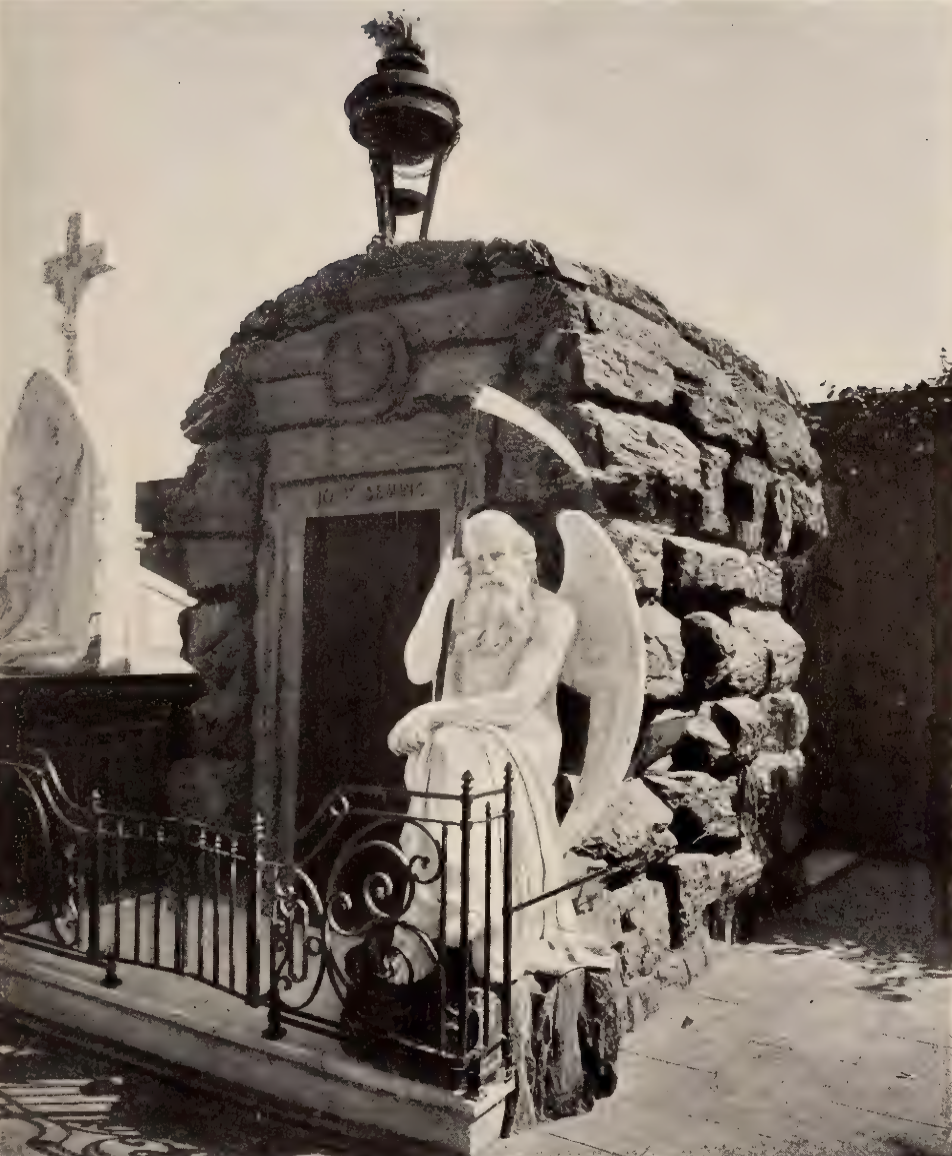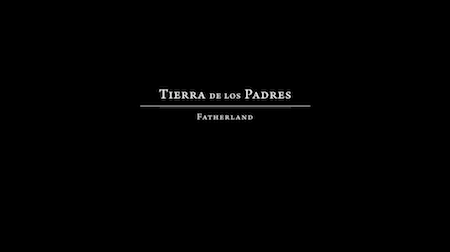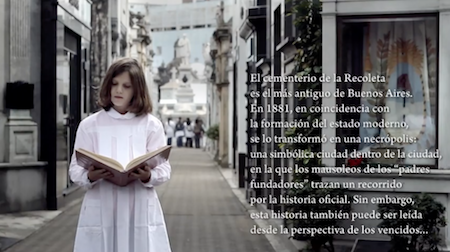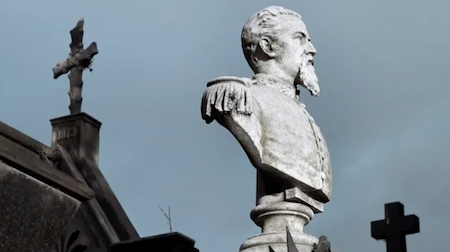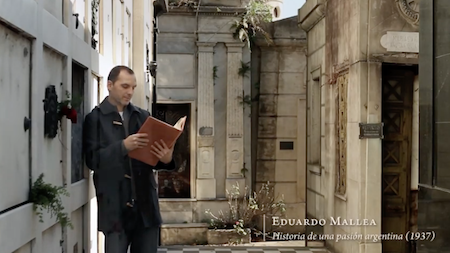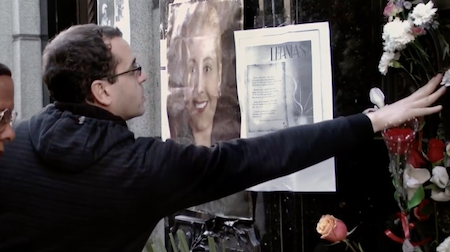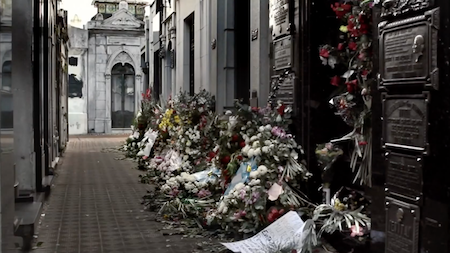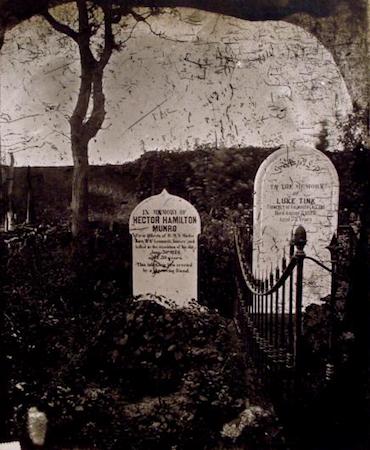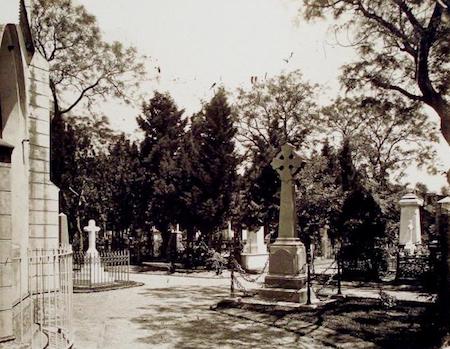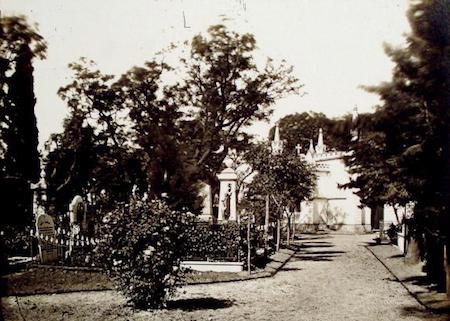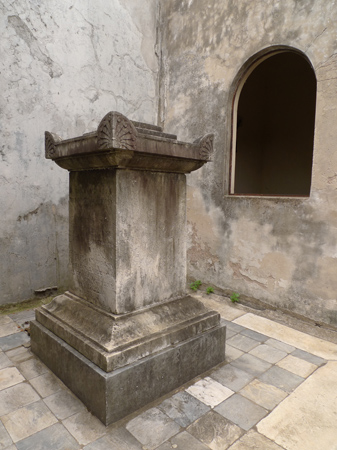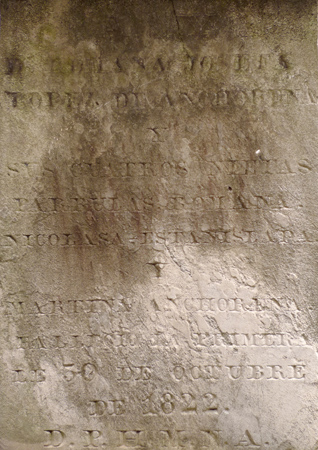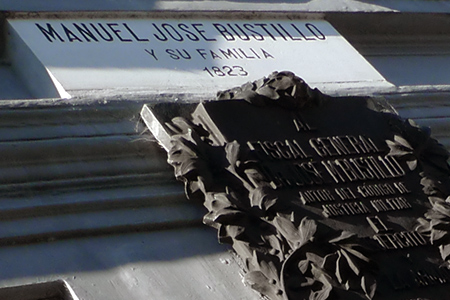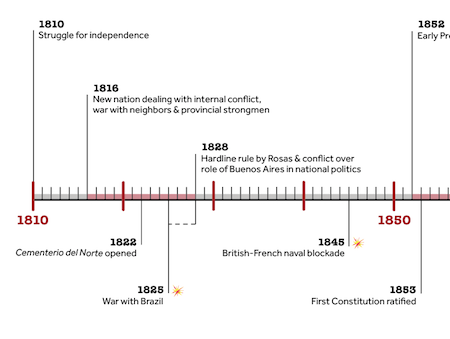Opening with over four minutes of historical videos of violent confrontations & death scenes set to the Argentine national anthem, Tierra de los Padres (Fatherland) then switches to the walkways of Recoleta Cemetery. Director Nicolás Prividera uses this final resting place to explore not-so-traditional points of view of Argentina’s complicated history. Whatever opinion leaders had on particular issues during their lifetime, they often ended up in Recoleta Cemetery almost side by side… friends & foes alike.
The second scene sets the tone for the rest of the movie: everyday people —not trained actors— read excerpts written by historical figures buried in Recoleta Cemetery, often at the site of their burial. Prividera explains his concept:
El cementerio de la Recoleta es el más antiguo de Buenos Aires. En 1881, en coincidencia con la formación del estado moderno, se lo transformó en una necrópolis: una simbólica ciudad dentro de la ciudad en la que los mausoleos de los “padres fundadores” trazan un recorrido por la historia oficial. Sin embargo, esta historia también puede ser leída desde la perspectiva de los vencidos…
Recoleta Cemetery is the oldest in Buenos Aires. In 1881, coinciding with the formation of the modern state, it was transformed into a necropolis: a symbolic city within the city in which the mausoleums of the “founding fathers” trace a journey through official history. However, this history can also be read from the perspective of the defeated…
After great debates of Argentine history are spoken aloud, their readers fade away & are replaced by shots of specific sculptures, cemetery caretakers cleaning & repairing mausoleums or the occasional tourist:
Ideologies at odds are presented more or less in chronological order: civilization vs. barbarie as defined by Domingo Faustino Sarmiento · internal conflict as a means for glory in South America according to Juan Bautista Alberdi · immigrants viewed as immoral & anormal by the Liga Patriótica Argentina · Eva Perón dividing people into those who hate, those who are indifferent & those who love · Aramburu at the hands of the Montoneros · Rodolfo Walsh confronting the military junta · and many others.
As this excellent review by Guido Pellegrini states, the director’s political stance is made clear by his selection of texts & images. Anti-elite & wholeheartedly Peronista, Prividera makes no attempt to balance opinions or explain historical context. This bias can be confusing & mislead viewers who have little idea of Argentina’s many historical twists & turns… something we make an effort to explain in this blog & in our PDF guide. No small task but ultimately worthwhile to gain an understanding of Recoleta Cemetery.
The only other criticism would be a failure to respect architectural heritage. Recoleta Cemetery is almost 200 years old, & its mausoleums need to remain for future generations to contemplate like Prividera has done. But he places his readers directly on the tombs of their author’s texts —sitting, standing or inserted among the statues. While his intentions are good, those type of takes should have never been permitted.
Tierra de los Padres can be seen for free in its entirety on YouTube.
